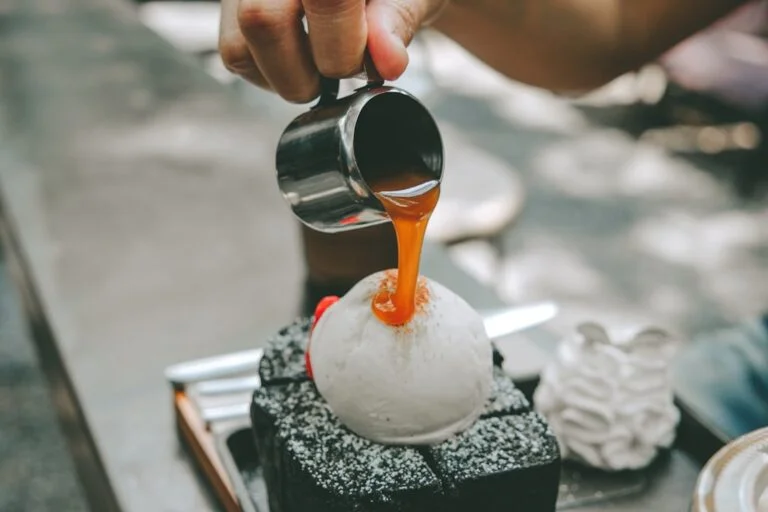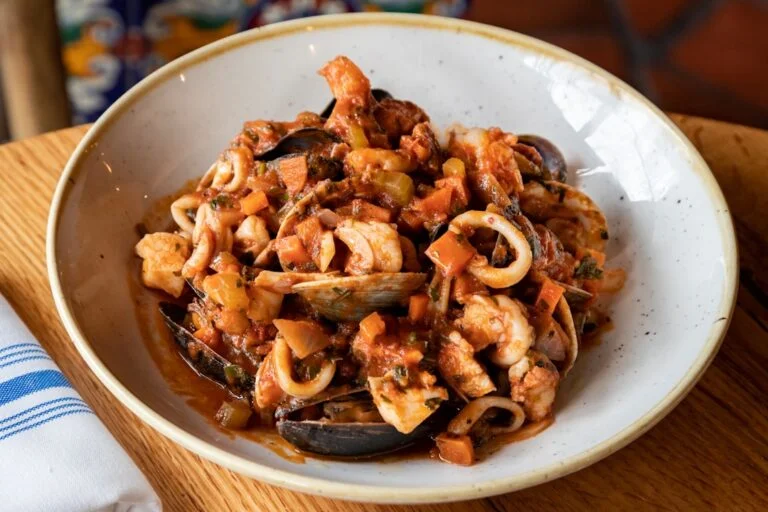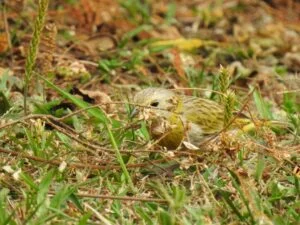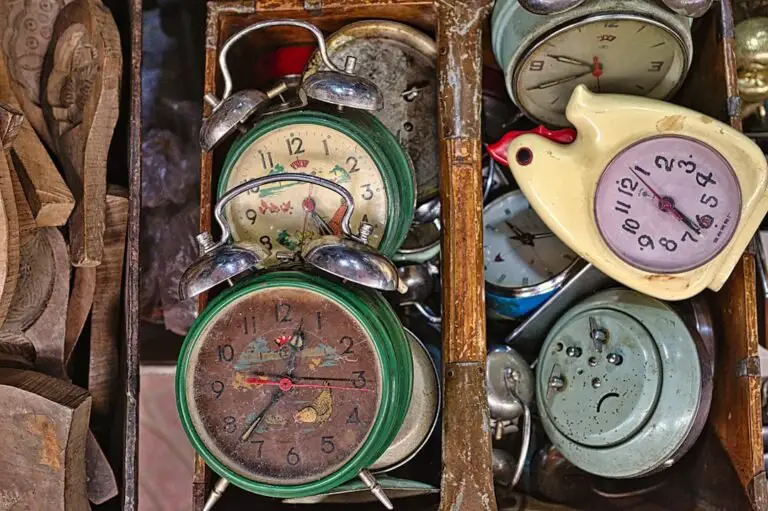Myrrh, a resinous substance derived from certain trees, has a rich history spanning thousands of years. Its name originates from the Arabic word “murr,” meaning bitter. Myrrh has been significant in various cultures for medicinal, religious, and cultural purposes.
Ancient texts, including the Bible, mention myrrh, notably as one of the gifts presented to Jesus by the Magi. In ancient Egypt, it was used in embalming practices and as a divine offering. Greek and Roman civilizations utilized myrrh in perfumes, cosmetics, and medicine.
Chinese and Indian cultures also recognized its medicinal value. Myrrh was a valuable commodity traded along the Silk Road, highlighting its importance in ancient commerce. Myrrh’s medicinal properties have been utilized for millennia to address various health concerns.
It has been employed to treat inflammation, pain, infections, and digestive disorders. Ancient civilizations used myrrh as an antiseptic for wound treatment and as a pain reliever. It was also used to alleviate respiratory conditions such as coughs and asthma.
In Ayurvedic medicine, myrrh was prescribed for arthritis and other inflammatory conditions. The therapeutic applications of myrrh have been documented in numerous ancient texts and continue to be valued in traditional medicine systems worldwide.
Key Takeaways
- Myrrh has been used for thousands of years, with evidence of its use dating back to ancient Egypt and biblical times.
- Myrrh has been used for its medicinal properties, including as an antiseptic, anti-inflammatory, and for treating oral health issues.
- Myrrh has religious and spiritual significance in various cultures, often used in religious ceremonies and as a symbol of purification and healing.
- Myrrh is harvested by making incisions in the bark of the tree to allow the resin to bleed out, which is then collected and processed into various forms.
- Myrrh is used in commercial products such as perfumes, cosmetics, and pharmaceuticals, as well as in industrial applications like flavoring and embalming.
The Medicinal Uses of Myrrh
Topical and Internal Applications
Myrrh has been used topically as an antiseptic to promote wound healing and internally to treat digestive issues like indigestion, diarrhea, and flatulence. In traditional Chinese medicine, myrrh is believed to invigorate the blood and relieve pain.
Women’s Health and Inflammatory Conditions
Myrrh has been used to treat menstrual cramps and other gynecological issues. Additionally, it has been utilized in Ayurvedic medicine to treat inflammatory conditions such as arthritis and rheumatism.
Oral Care and Aromatherapy
Myrrh’s antimicrobial properties make it an effective ingredient in oral care products, such as mouthwashes and toothpastes, to promote oral health and prevent gum disease. In aromatherapy, myrrh is valued for its calming and grounding effects, reducing stress and anxiety while promoting relaxation. Myrrh essential oil is often used in diffusers and massage oils for its soothing and uplifting effects.
The Religious and Spiritual Significance of Myrrh

Myrrh has played a significant role in various religious and spiritual traditions throughout history. It has been used in religious ceremonies, rituals, and as an offering to the divine. In the Bible, myrrh is mentioned as one of the gifts brought by the three wise men to baby Jesus.
It was a symbol of reverence and adoration for the newborn king. Myrrh was also used in ancient Egypt as an offering to the gods and in the process of embalming the deceased. It was believed to have purifying and protective properties that were essential for the afterlife.
In ancient Greece and Rome, myrrh was associated with the goddess Aphrodite and was used in religious ceremonies and rituals. Myrrh has also been used in spiritual practices such as meditation and prayer. It has been burned as incense to purify the air and create a sacred space for spiritual practices.
Myrrh essential oil has been used in aromatherapy for its grounding and centering effects. It has been used to promote spiritual awareness and connection to the divine. Myrrh has been valued for its ability to uplift the spirit and promote a sense of peace and tranquility.
Its religious and spiritual significance continues to be honored in various traditions around the world.
The Process of Harvesting and Extracting Myrrh
| Stage | Process | Duration |
|---|---|---|
| 1 | Harvesting | 2-3 months |
| 2 | Incision of tree bark | 1-2 weeks |
| 3 | Collection of resin | 1-2 weeks |
| 4 | Drying and storage | Several weeks |
| 5 | Extraction of myrrh | 1-2 days |
The process of harvesting myrrh begins with making incisions in the bark of the myrrh tree (Commiphora myrrha) to allow the resin to flow out. The resin is then collected by hand or with a special tool and left to harden into tears or lumps. The resin is then cleaned and sorted before being processed further.
The resin is then steam distilled or solvent extracted to produce myrrh essential oil, which is highly valued for its medicinal and aromatic properties. The harvesting of myrrh is a labor-intensive process that requires skill and expertise. The trees are typically harvested once or twice a year, depending on the climate and growing conditions.
Sustainable harvesting practices are essential to ensure the long-term viability of myrrh-producing trees. Overharvesting can deplete the natural resources and threaten the survival of these valuable trees. Conservation efforts are needed to protect myrrh-producing trees and ensure their continued existence for future generations.
The Commercial and Industrial Applications of Myrrh
Myrrh has a wide range of commercial and industrial applications due to its medicinal, aromatic, and preservative properties. It is used in pharmaceuticals, perfumes, cosmetics, oral care products, food flavorings, and traditional medicine systems. Myrrh essential oil is highly valued for its therapeutic properties and is used in aromatherapy, massage oils, and topical preparations.
Myrrh resin is used in incense, candles, and religious ceremonies. Myrrh is also used as a flavoring agent in food and beverages. Myrrh has been used in traditional medicine systems such as Ayurveda, traditional Chinese medicine, and Western herbal medicine for centuries.
It is valued for its ability to reduce inflammation, fight infections, promote wound healing, and support digestive health. Myrrh is used in herbal preparations such as tinctures, teas, capsules, and topical ointments. It is also used in oral care products such as mouthwashes and toothpastes for its antimicrobial properties.
The Cultural and Traditional Uses of Myrrh

Spiritual Significance
Myrrh has played a vital role in religious ceremonies, rituals, and as an offering to the divine. It has been burned as incense to purify the air and create a sacred space for spiritual practices, fostering a deeper connection with the sacred.
Medicinal and Cosmetic Applications
In traditional medicine systems such as Ayurveda, traditional Chinese medicine, and Western herbal medicine, myrrh has been valued for its medicinal properties. Additionally, its aromatic properties have made it a popular ingredient in perfumes, cosmetics, and personal care products, enhancing the scent of perfumes and adding depth to fragrances.
Purifying and Protective Properties
Myrrh resin has been used in incense, candles, and religious ceremonies for its purifying and protective properties. Its cultural and traditional uses continue to be honored in various traditions around the world, a testament to its enduring significance and importance.
The Sustainability and Conservation of Myrrh-producing Trees
The sustainability and conservation of myrrh-producing trees are essential to ensure their long-term viability. Sustainable harvesting practices are needed to prevent overharvesting and protect these valuable trees from depletion. Conservation efforts are needed to protect myrrh-producing trees from deforestation, habitat loss, climate change, and other threats.
Conservation organizations are working to protect myrrh-producing trees through reforestation efforts, habitat restoration, sustainable harvesting practices, and community engagement. These efforts are essential to ensure the continued existence of myrrh-producing trees for future generations. Sustainable management practices are needed to protect these valuable trees from extinction and preserve their natural habitats.
In conclusion, myrrh has a long history that dates back thousands of years and has been valued for its medicinal, religious, cultural, commercial, and industrial significance. Its enduring value and importance in human civilization are a testament to its rich history and diverse uses. The sustainability and conservation of myrrh-producing trees are essential to ensure their continued existence for future generations.
Efforts are needed to protect these valuable trees from depletion, habitat loss, climate change, and other threats. Myrrh continues to be valued for its medicinal properties, aromatic qualities, religious significance, cultural uses, commercial applications, and spiritual significance in various traditions around the world.
If you’re interested in exploring the world of mystery and intrigue, you may also enjoy reading about the cinematic odyssey of brilliance and legacy in the article “Carl Weathers: A Cinematic Odyssey of Brilliance and Legacy”. This article delves into the fascinating career of Carl Weathers and his impact on the world of film and entertainment. Just like Myrrhe Mystere, this article offers a captivating look at a trailblazer in their respective field.
FAQs
What is myrrhe mystere?
Myrrhe mystere is a fragrance created by the luxury perfume house, Givenchy. It is known for its rich and mysterious scent, with notes of myrrh, incense, and vanilla.
What are the key notes in myrrhe mystere?
The key notes in myrrhe mystere include myrrh, incense, vanilla, and other exotic spices. These notes combine to create a deep and complex fragrance.
Is myrrhe mystere a unisex fragrance?
Yes, myrrhe mystere is considered a unisex fragrance, suitable for both men and women. Its rich and exotic scent appeals to a wide range of individuals.
What occasions is myrrhe mystere suitable for?
Myrrhe mystere is a versatile fragrance that can be worn for both formal and casual occasions. Its mysterious and alluring scent makes it perfect for evening wear or special events.
How long does the scent of myrrhe mystere last?
The longevity of myrrhe mystere can vary depending on individual body chemistry, but it is known for its long-lasting scent. Many users report that the fragrance lingers on the skin for several hours.
Is myrrhe mystere available in different sizes?
Yes, myrrhe mystere is available in various sizes, including bottles of different volumes. This allows customers to choose the size that best suits their needs and preferences.




















+ There are no comments
Add yours